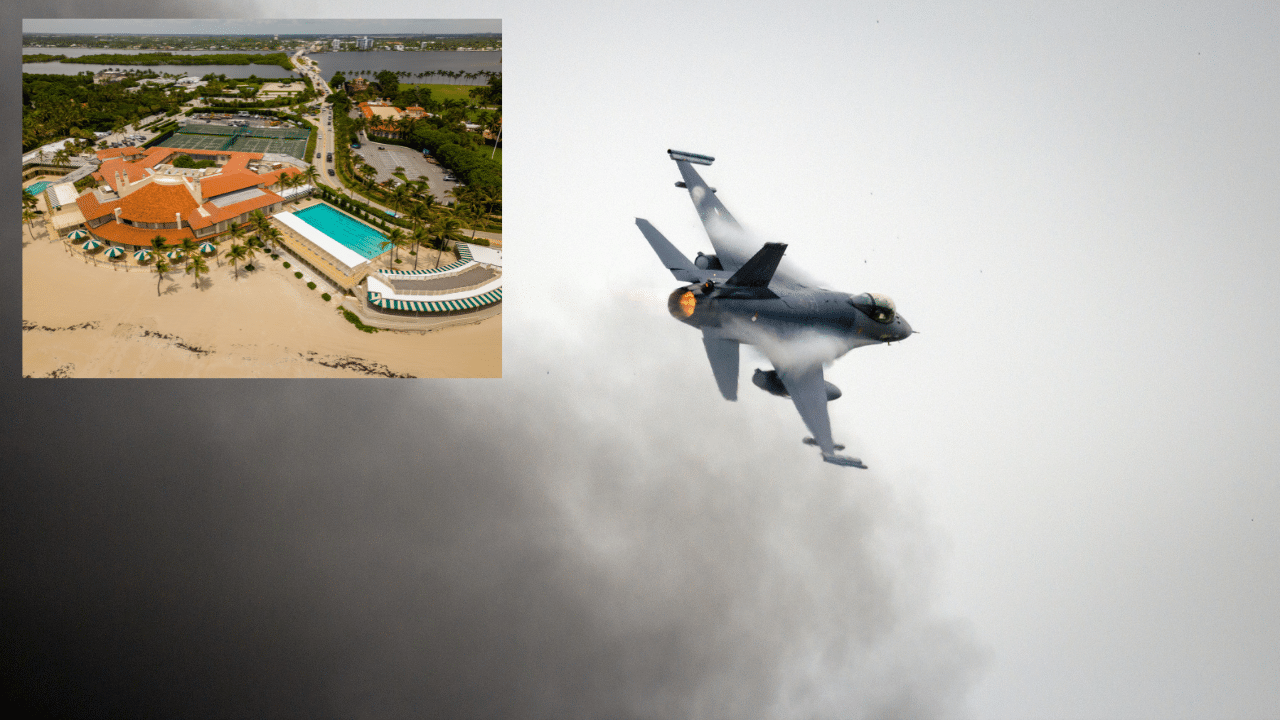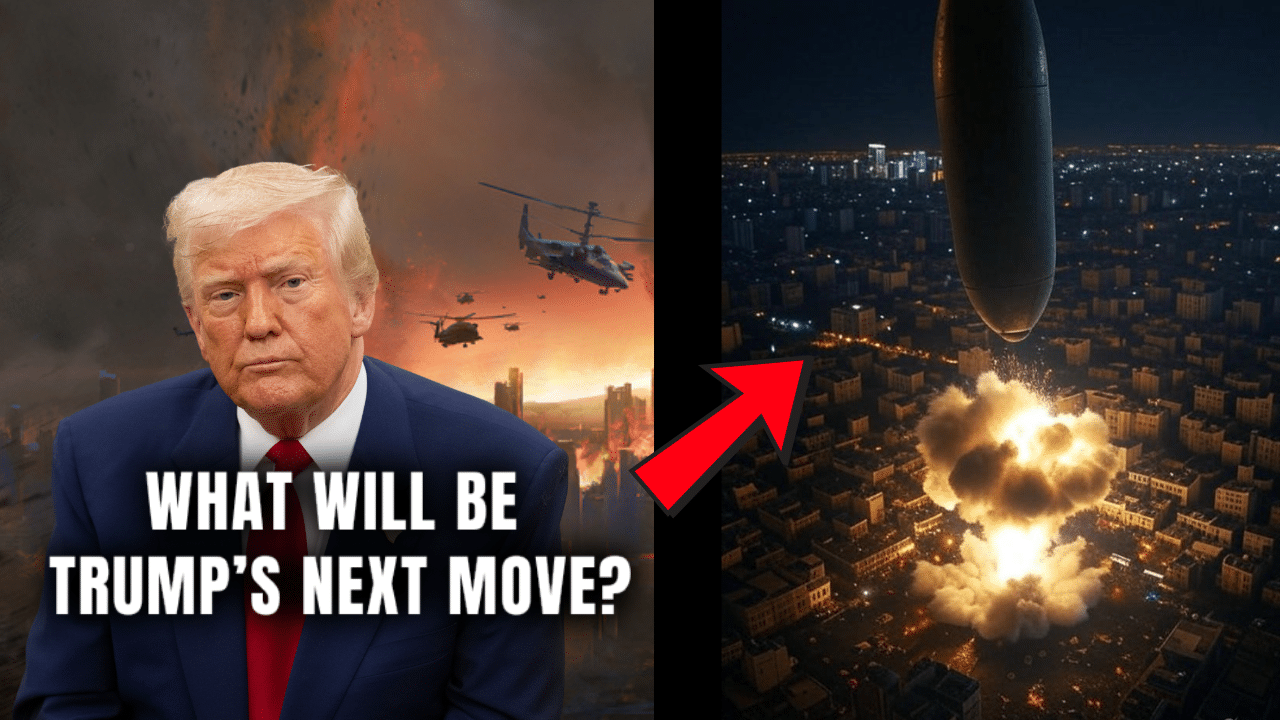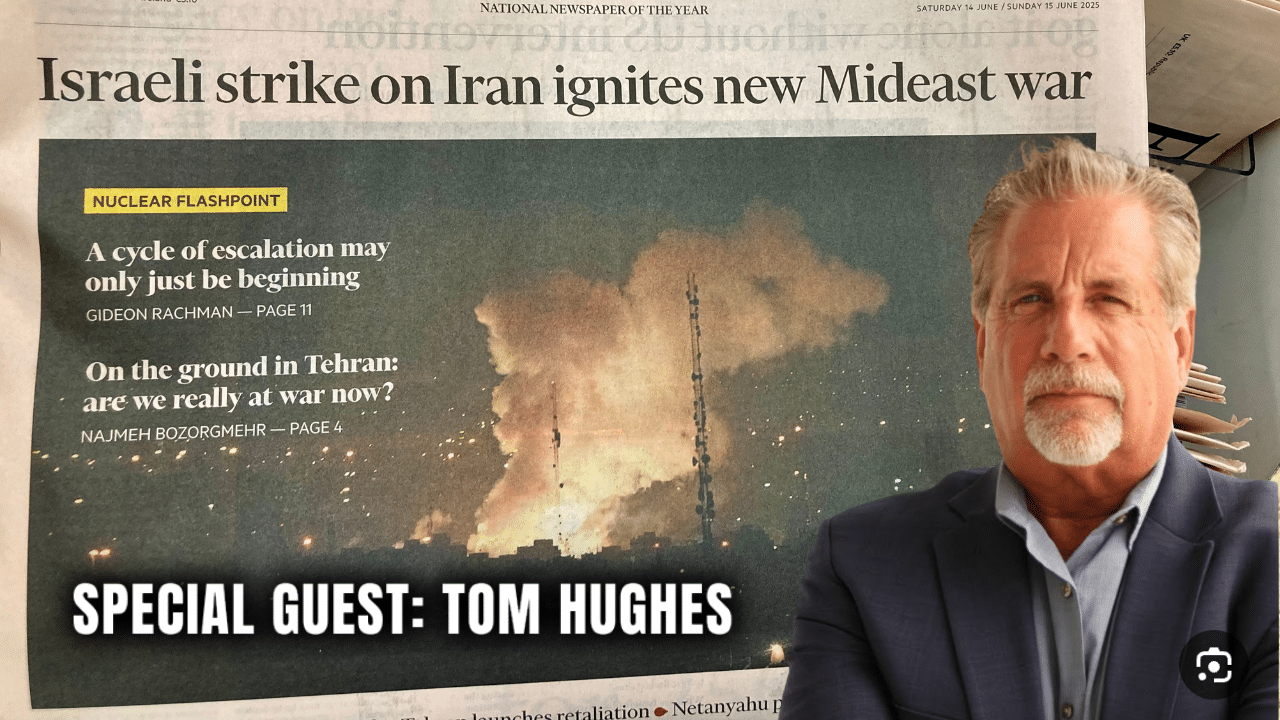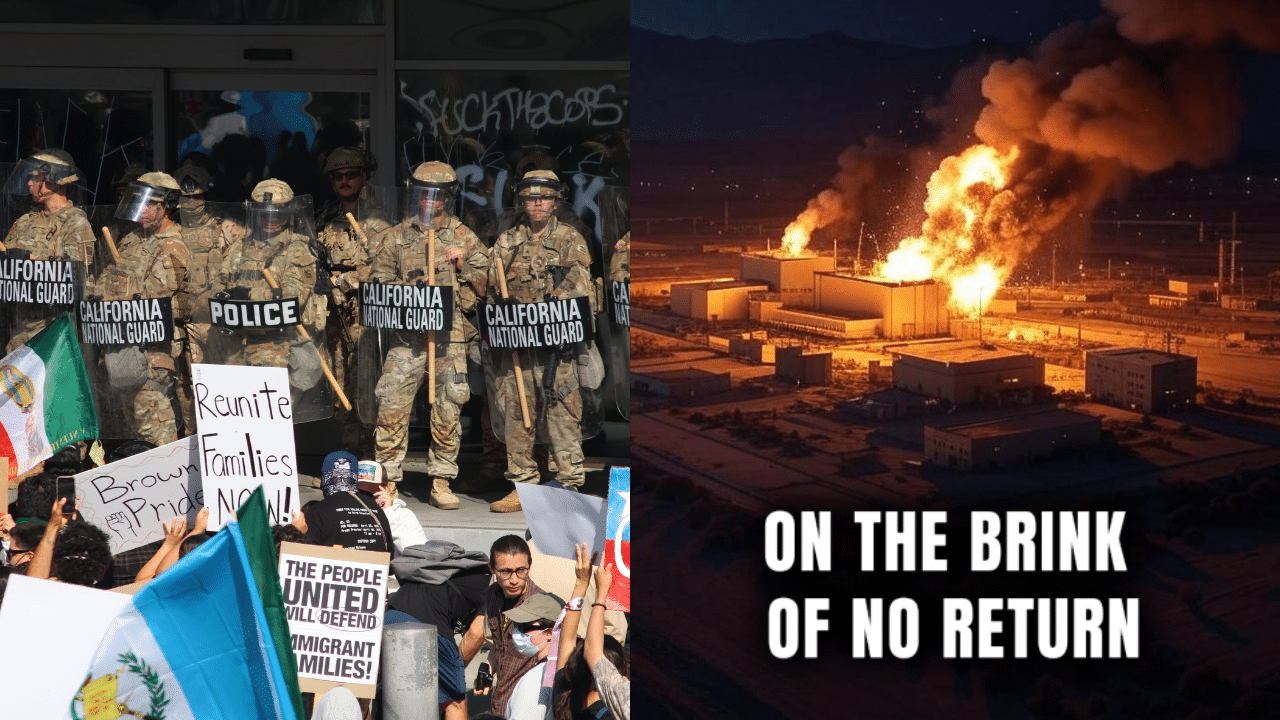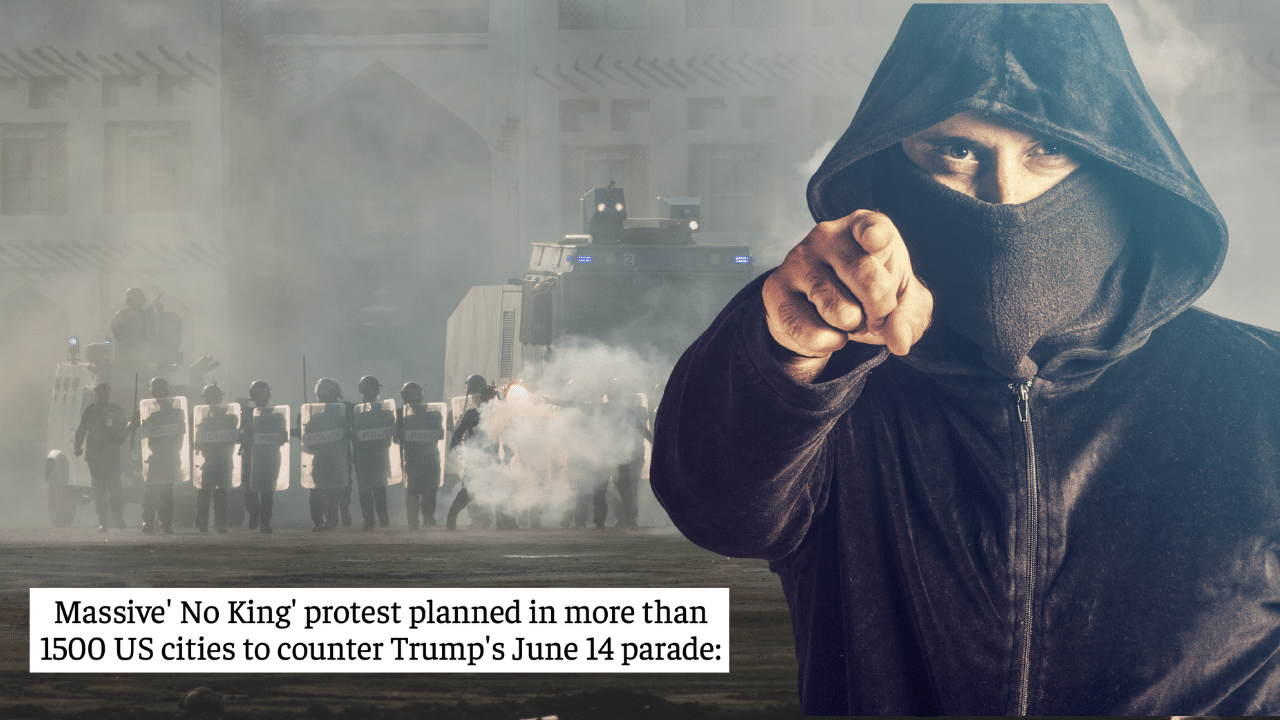The North American Aerospace Defense Command (NORAD) scrambled F-16 fighter jets to intercept three civilian aircraft that had violated restricted airspace near Mar-a-Lago, the private residence and club of President Donald Trump in Palm Beach, Florida.
According to WPBF 25 News, a local South Florida station, NORAD deployed the fighter jets after the civilian planes were detected flying in the restricted zone earlier that day.
The aircraft were subsequently escorted out of the area without further incident. NORAD, tasked with aerospace monitoring and defense across North America, acted swiftly to ensure the safety of the protected airspace, though specific details about the planes or their operators remain scarce.
Newsmax, a conservative outlet, provided additional context through host Todd Starnes, who reported that the F-16s were deployed to address the violation.
Starnes’ account aligns with other reports but did not elaborate on the intentions of the pilots or the nature of the aircraft involved.
Posts circulating on X speculated about potential threats, with some users suggesting a connection to cartels or deliberate provocation, though no evidence from credible news sources supports these claims at this time.
The restricted airspace around Mar-a-Lago, designated as a Temporary Flight Restriction (TFR) zone, is often in place when Trump is present, a measure rooted in security protocols established during his presidency.
While the president’s current whereabouts were not confirmed in the reports, the rapid response from NORAD underscores the sensitivity of the location.
The Federal Aviation Administration (FAA) typically enforces such TFRs, and violations—whether intentional or accidental—can prompt immediate military action, as seen in this case.
This incident comes amid broader discussions about aviation security.
Just days earlier, on February 27, 2025, Elon Musk called for retired air traffic controllers to return to work due to a shortage within the FAA, a situation some link to prior layoffs and mismanagement.
While unrelated to the Mar-a-Lago event, the timing highlights ongoing challenges in airspace oversight, potentially amplifying public interest in Saturday’s breach.
Details remain limited as authorities have not yet released an official statement beyond confirming the interception.
It is unclear whether the pilots were unaware of the restrictions, experienced navigational errors, or had other motives.
Past incidents of airspace violations near high-profile sites have often been attributed to inexperienced pilots or miscommunication, though each case prompts scrutiny of enforcement measures.
The deployment of F-16s, complete with flares to signal the civilian planes, reflects standard protocol for such breaches, designed to deter and redirect without escalation.
No reports indicate shots were fired or that the situation reached a critical threat level.
Still, the event has sparked chatter online and in the media, with outlets like Newsmax framing it as a notable security moment.
As of now, investigations are likely underway to determine the circumstances of the violation.
Neither NORAD nor the FAA has commented on potential penalties for the pilots, which could range from fines to license suspension depending on the findings.
For residents of Palm Beach and observers nationwide, the incident serves as a reminder of the robust—and sometimes dramatic—measures in place to protect restricted airspace.
This developing story may evolve as more information emerges from official sources. For now, the sight of F-16s over Florida skies marks yet another chapter in theintersection of aviation, security, and high-profile figures.

